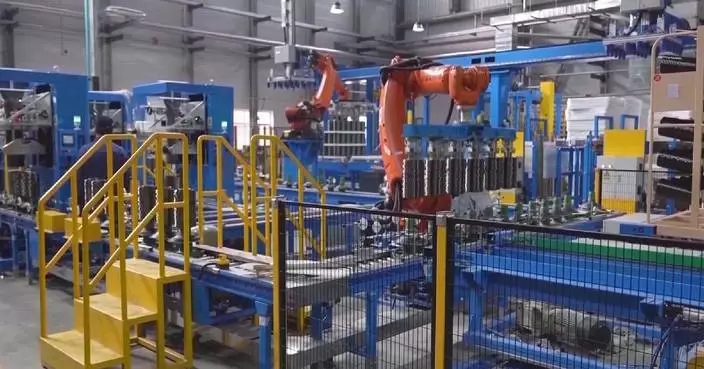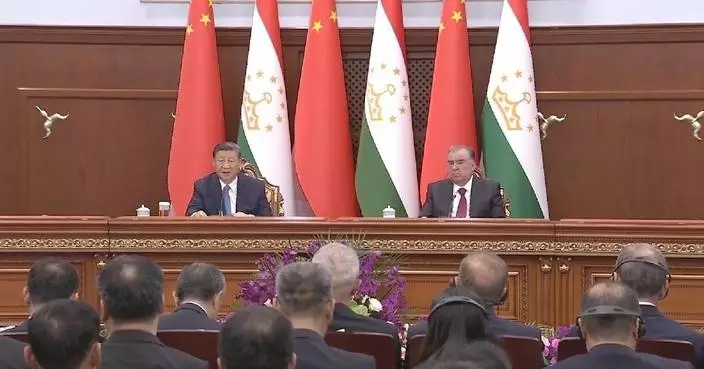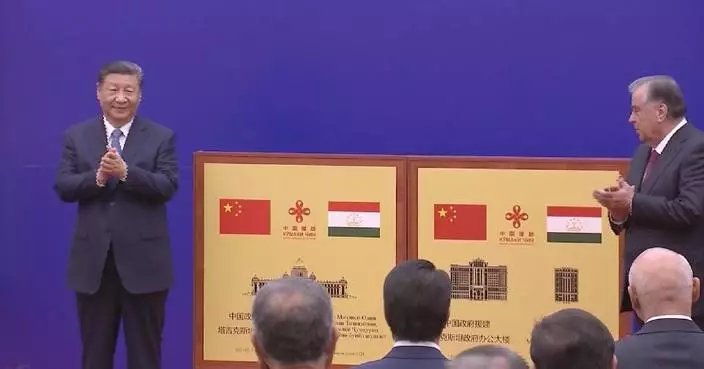Chinese researchers have conducted in-orbit solidification experiments on zirconium alloy materials in the microgravity environment at China's Tiangong space station, making important discoveries.
Zirconium alloys, known for their corrosion resistance and biocompatibility, are commonly used in nuclear technology and medical implants.
A total of 36 experimental samples of zirconium alloys were sent to the space station via the Tianzhou-3 cargo craft.
With the help of the microgravity environment, the research team obtained the internal temperature field and flow field distribution of the material that was different from the data registered on the Earth, and observed special surface microstructures.
"The convection in the liquid alloy is relatively stronger on the Earth due to the gravity. Yet, in our space station, the gravity is only about one ten-thousandth of that on the ground, which almost eliminates the natural convection," said Professor Xie Wenjun from the School of Physical Science and Technology, Northwestern Polytechnical University, in a recent interview with China Central Television in Xi'an, the capital of northwest China's Shaanxi Province.
"By utilizing electrostatic levitation and laser heating, we achieved containerless melting and solidification of zirconium alloy, resulting in the formation of surface ripples resembling water waves on the alloy droplets, and we were able to preserve this unique swirling structure in the process of liquid-solid transition," he said.
There is a density difference between the solid and liquid states of zirconium alloy, which typically leads to shrinkage and shrinkage cavities after solidification. The phenomenon has attracted widespread attention among researchers.
The surface swirling microstructure observed in the microgravity environment has never been discovered on the Earth, therefore it is expected to help scientists further understand the characteristics of the material and expand its application.
"Our research results show that using the space resources environment, it is possible to change the conventional preparation process of materials and form some new microstructure, which provides us a new way to regulate the microstructure of materials and enhance their macroscopic properties, and which also provides new possibility for further expanding the applications of zirconium alloys," Xie said.

New discoveries made on zirconium alloy in in-orbit solidification experiments at China's space station









